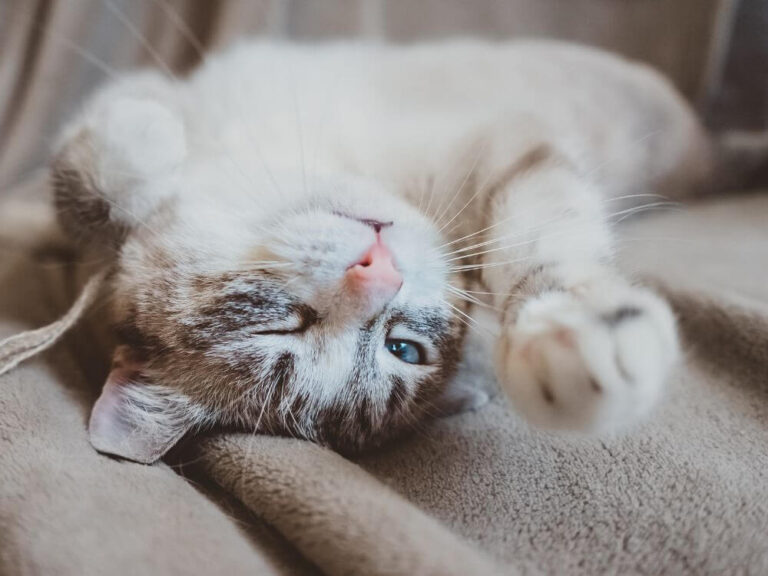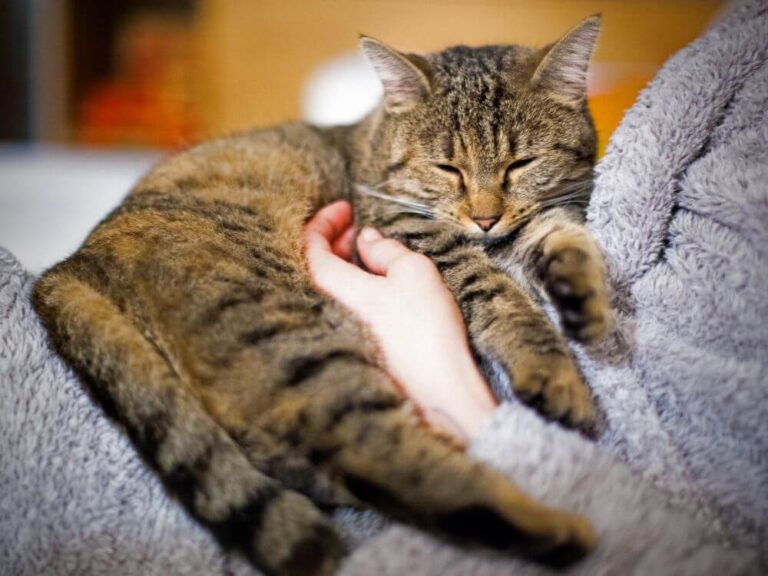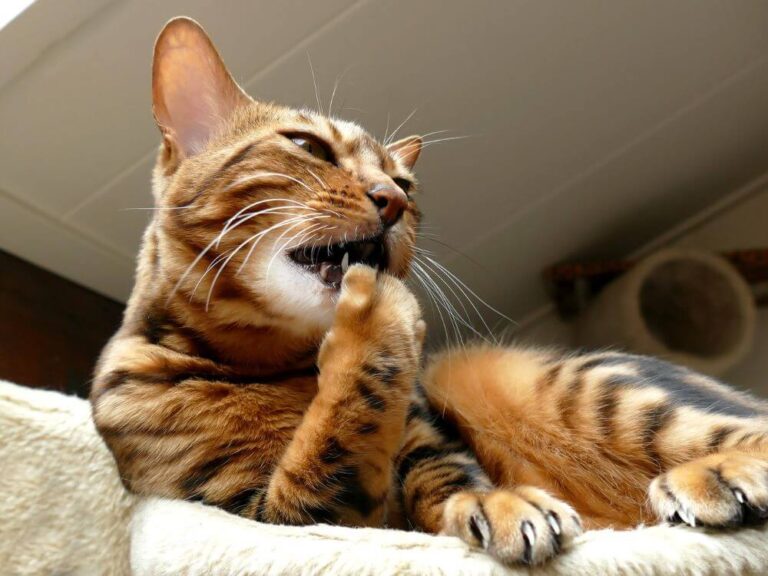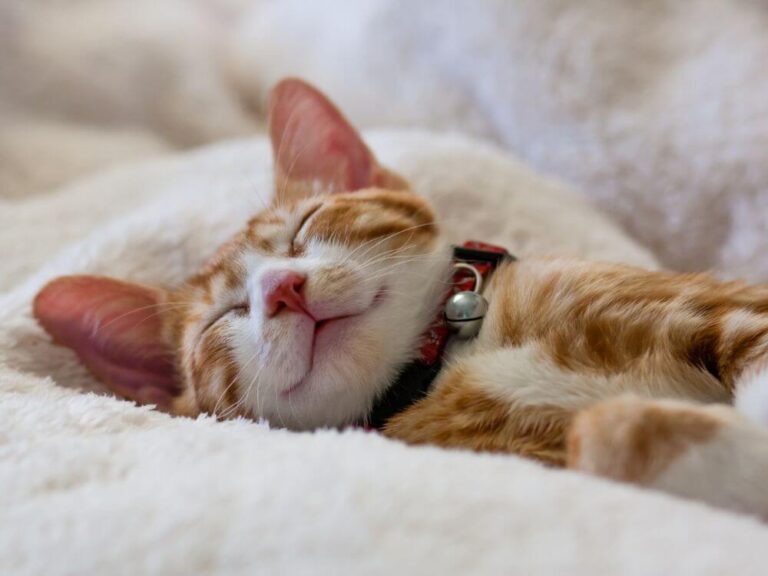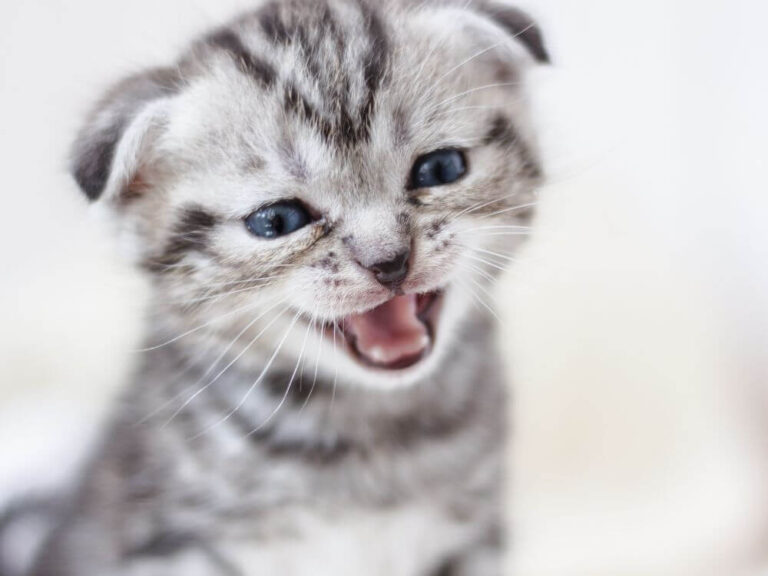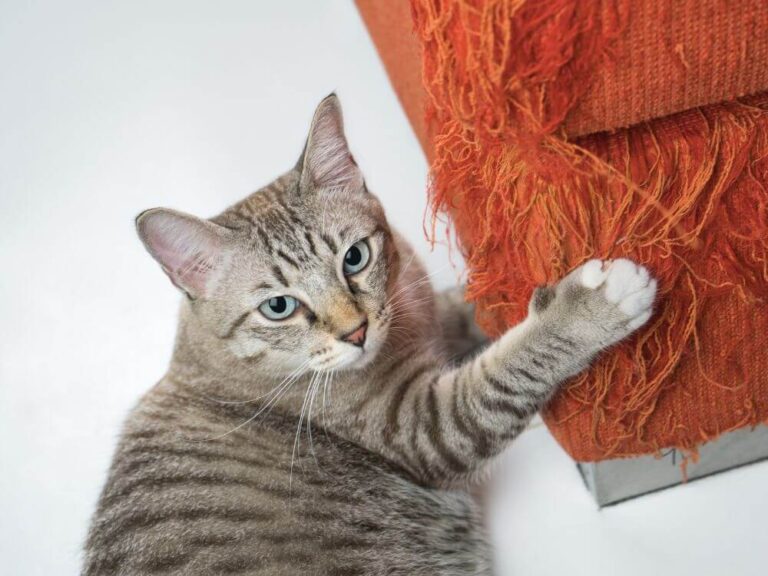Why Does My Cat Chase Flies?
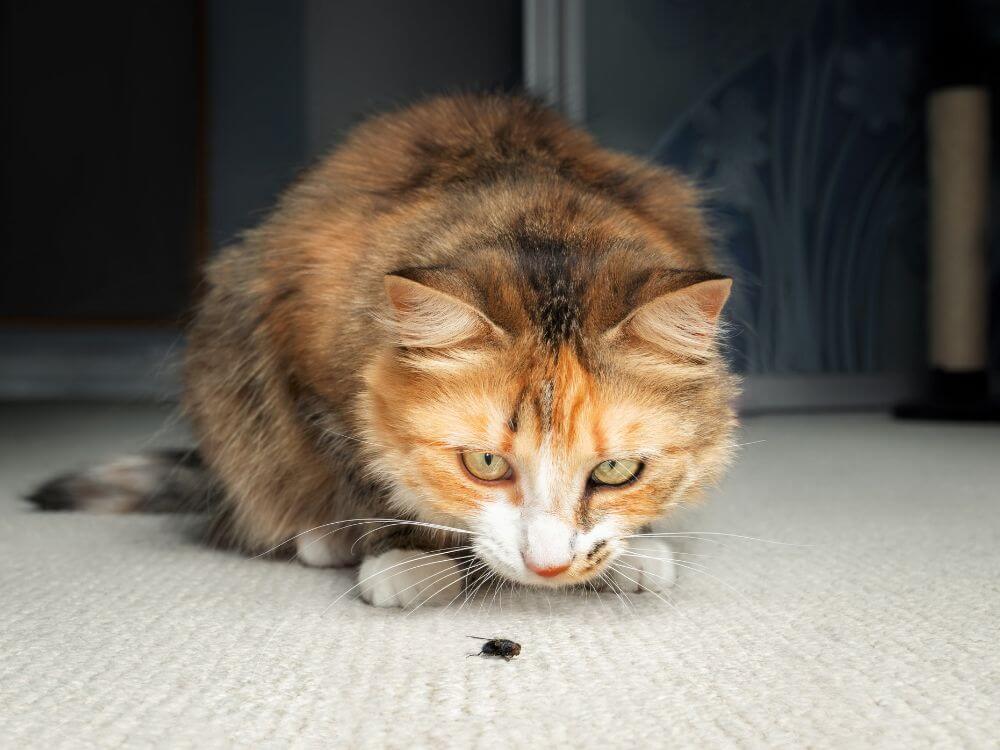
Cats possess an innate drive to hunt, a behavior that often perplexes and amuses their human companions. One of the most common scenarios in any household is watching a cat chase after a fly with relentless determination. While this may seem like a simple, instinctual act, the reasons behind this behavior are multifaceted and rooted in a cat’s biology, psychology, and even its environment. In this article, we’ll explore the various factors that contribute to why cats chase flies and what this behavior reveals about your feline friend.
The Innate Hunter: Understanding a Cat’s Predatory Instincts
At the heart of a cat’s behavior lies its predatory nature. Cats, whether domesticated or wild, share an evolutionary history with big cats like lions and tigers. Despite being pampered pets today, domestic cats retain many traits of their wild ancestors, and the drive to hunt is one of the most prominent.
Evolutionary Background
The ancestors of domestic cats were solitary hunters, relying on their ability to catch small prey to survive. This instinct has been passed down through generations, and even well-fed house cats retain the urge to stalk, pounce, and capture. When your cat chases flies, it’s engaging in a behavior that has been honed over thousands of years.
The Thrill of the Hunt
For a cat, hunting isn’t just about food; it’s also about the thrill of the chase. The sight of a small, fast-moving object triggers a cat’s prey drive, an instinctual reaction that compels it to pursue. Flies, with their erratic flight patterns, provide an irresistible target. Your cat’s keen eyesight and rapid reflexes make it an adept hunter, perfectly suited for catching such elusive prey.
Sensory Stimulation: The Role of a Cat’s Senses
A cat’s senses are finely tuned to detect even the slightest movements, making them exceptional hunters. The presence of a fly in the room activates these senses, turning a seemingly mundane activity into a stimulating exercise.
Superior Vision
Cats have exceptional eyesight, especially in low light. Their eyes are designed to detect motion, which is why a small, buzzing fly can easily catch their attention. A cat’s large, round pupils can quickly adapt to changes in light, allowing them to focus on the fast, unpredictable movements of a fly. This visual prowess is a key factor in their ability to chase and capture such small prey.
Acute Hearing
In addition to their sharp vision, cats have extraordinary hearing. They can detect high-frequency sounds that are beyond the range of human hearing, including the faint buzz of a fly’s wings. This acute sense of hearing helps them locate their prey, even if it’s out of sight, giving them an edge in the hunt.
Sensitive Whiskers
A cat’s whiskers, or vibrissae, are highly sensitive and can detect the slightest changes in air currents. When a fly buzzes past, the movement of air is often enough to alert a cat to its presence. This additional sensory input makes it easier for the cat to track the fly’s movements and plan its next move.
Behavioral Aspects: What Chasing Flies Reveals About Your Cat
While the instinct to hunt is a significant factor, other behavioral aspects come into play when a cat chases flies. These behaviors offer insights into your cat’s personality, mental state, and overall well-being.
Playfulness and Curiosity
Cats are naturally curious creatures, and their playful nature often leads them to chase after things that move. Flies present a perfect opportunity for play. The unpredictable flight patterns and sudden movements of a fly can mimic the erratic behavior of live prey, providing both entertainment and mental stimulation for your cat. This playfulness is not just about fun; it’s also a way for cats to practice and refine their hunting skills.
Energy Release
For indoor cats, chasing flies can be a way to release pent-up energy. Cats need regular exercise to stay healthy, and without access to the outdoors, they may seek out other ways to stay active. Chasing a fly around the house provides a burst of physical activity, helping your cat to burn off excess energy and keep its muscles toned.
Stress and Boredom
On the flip side, a cat may chase flies out of stress or boredom. If a cat feels anxious or lacks adequate mental stimulation, it might turn to fly chasing as a form of distraction. This behavior can be a sign that your cat needs more engagement or environmental enrichment. Providing your cat with interactive toys, puzzle feeders, or even safe outdoor time can help reduce stress and prevent boredom.
The Nutritional Perspective: Is Your Cat Hungry?
While the predatory instinct is a major reason cats chase flies, hunger can also play a role. If your cat is not getting enough food or if it’s not satisfied with its current diet, it may resort to hunting whatever small creatures it can find.
The Search for Protein
Cats are obligate carnivores, meaning their diet must consist primarily of meat. Flies, though tiny, are a source of protein. In the wild, small insects would be part of a cat’s natural diet. When your cat catches and eats a fly, it might be fulfilling an instinctual need for protein. This behavior is more common in cats that are not getting enough high-quality animal protein in their diet.
Pica and Nutritional Deficiencies
In some cases, a cat may eat non-food items, including flies, due to a condition known as pica. Pica can be caused by various factors, including nutritional deficiencies, boredom, or stress. If you notice your cat frequently eating flies or other inedible objects, it’s worth consulting with a veterinarian to rule out any underlying health issues.
Health Considerations: Is It Safe for Cats to Eat Flies?
While it’s natural for cats to chase and eat flies, you may wonder if this behavior poses any risks to their health. In most cases, eating flies is not harmful, but there are some potential concerns to be aware of.
Potential Parasites
Flies can carry parasites, bacteria, and other pathogens. When a cat consumes a fly, there’s a slight risk of ingesting these harmful organisms. While most healthy cats can handle occasional fly ingestion without issue, cats with compromised immune systems may be more vulnerable to infections.
Toxicity from Insecticides
Another potential risk comes from flies that have been exposed to insecticides. If a fly has recently come into contact with a toxic substance, it could pose a danger to your cat if ingested. To minimize this risk, avoid using insecticides in areas where your cat has access, and opt for pet-safe pest control methods.
Digestive Upset
In rare cases, eating flies can cause digestive upset in cats, leading to symptoms like vomiting or diarrhea. If your cat frequently exhibits these symptoms after consuming flies, it may be best to discourage the behavior.
Managing and Redirecting the Behavior
While fly chasing is generally harmless, there are times when you might want to manage or redirect this behavior, especially if it becomes obsessive or leads to health issues.
Providing Alternative Stimuli
One way to reduce your cat’s interest in chasing flies is by providing alternative forms of stimulation. Interactive toys, laser pointers, and puzzle feeders can engage your cat’s hunting instincts without the need for live prey. Regular play sessions can also help satisfy your cat’s need for exercise and mental engagement.
Environmental Enrichment
Creating a stimulating environment can reduce your cat’s need to chase flies out of boredom. Consider adding cat trees, scratching posts, and window perches where your cat can watch birds and other wildlife. These additions can provide mental stimulation and keep your cat occupied, reducing the likelihood of obsessive fly chasing.
Monitoring and Reducing Fly Access
If flies are a frequent problem in your home, consider ways to reduce their presence. Proper sanitation, screens on windows and doors, and safe fly traps can help minimize the number of flies indoors. Reducing the fly population will naturally decrease your cat’s opportunities to chase them.
Conclusion: Embracing Your Cat’s Natural Instincts
In conclusion, a cat chasing flies is a behavior deeply rooted in its predatory instincts, sensory capabilities, and need for mental and physical stimulation. While this behavior is generally harmless and even beneficial for your cat’s well-being, it’s essential to monitor it and ensure it doesn’t become excessive or lead to health issues.
Understanding why your cat chases flies can help you better appreciate its natural instincts and provide it with a fulfilling and enriched life. By embracing your cat’s hunting behavior and providing alternative outlets for its energy and curiosity, you can ensure that your feline companion remains happy, healthy, and content.

